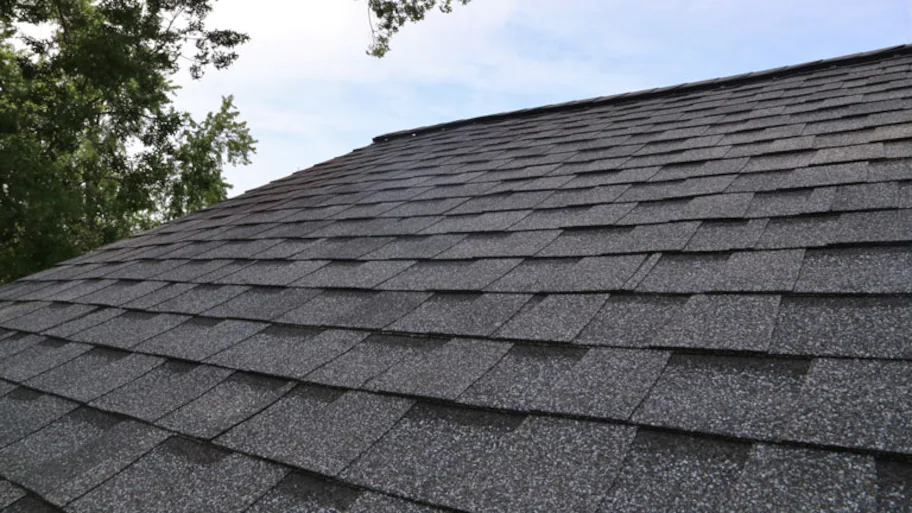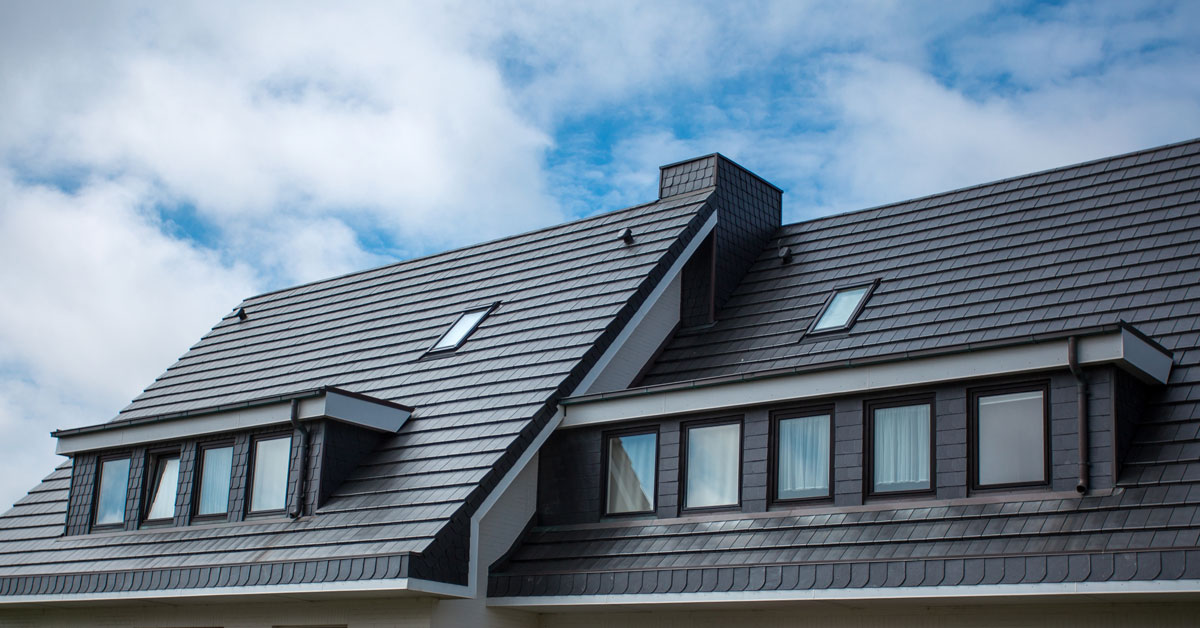Comparing Costs Amongst Roofing Companies in Gainesville Florida
Comparing Costs Amongst Roofing Companies in Gainesville Florida
Blog Article
Finest Practices for Ensuring Proper Roofing Ventilation
Guaranteeing correct roofing ventilation is vital for the longevity and efficiency of a roof. A balanced consumption and exhaust vent proportion, frequently 1:300, plays a crucial function, with consumption vents ideally put at the reduced side of the roofing for cool air entrance and exhaust vents at the optimal for warm air exit. Normal assessments to recognize blockages and maintain clear air flow are critical. Moreover, keeping insulation far from vents is crucial to stop air movement limitation. Understanding these fundamental aspects sets the phase for more in-depth insights into setup and maintenance methods that can significantly improve your roof's efficiency.
Understand Ventilation Fundamentals
Appropriately comprehending ventilation essentials is essential for ensuring the durability and performance of roof. Efficient air flow alleviates dampness build-up and temperature extremes in the attic room, both of which can lead to substantial structural damage over time. A well-ventilated roofing aids in preventing common concerns such as mold growth, timber rot, and ice dams, which can jeopardize the stability of the roof products and the underlying frameworks.
The main goal of air flow is to facilitate the activity of air, permitting for a constant exchange between the outside and interior atmospheres. This equilibrium is achieved through a combination of intake and exhaust vents that interact to preserve ideal air movement. Intake vents, generally situated along the eaves or soffits, permit fresh air to go into the attic space, while exhaust vents, commonly situated at or near the roofing system ridge, make it possible for hot, humid air to escape.
Trick variables affecting the effectiveness of roofing system air flow consist of appropriate positioning, adequate sizing, and ensuring that both intake and exhaust vents are unhampered. Regular evaluation and upkeep are essential to recognize possible obstructions, damages, or inefficiencies in the ventilation system, therefore securing the roofing's efficiency and durability.
Sorts Of Roofing System Vents
Roofing system vents play an important duty in maintaining effective attic room ventilation and, by extension, the overall wellness of the roofing system. Different kinds of roof covering vents are readily available, each with unique advantages customized to particular roof needs. Ridge vents, as an example, are mounted along the roofing's top, enabling cozy, moist air to get away from the attic. They offer constant ventilation and blend flawlessly with the roofline, making them both reliable and aesthetically pleasing.

Soffit vents are installed under the eaves and job in tandem with roofing vents to make certain a well balanced consumption and exhaust system. By permitting cooler air to get in from below, soffit vents help with the expulsion of hot air through top vents. Gable vents, located on the exterior walls of the attic room, offer one more this post efficient option, specifically in homes with gable roofs.
Analyze Your Current Ventilation

Following, consider the age and condition of your roof materials and air flow parts. Older systems might not adhere to current building ordinance or may have worn away with time, minimizing their effectiveness. Conduct an extensive exam to determine any type of signs of deterioration, such as corrosion, damages, or voids that can jeopardize the system's performance.
In addition, measure the attic temperature and humidity levels. High temperature levels and moisture can suggest insufficient ventilation.
Installation Best Practices
Effective setup of roofing ventilation systems is extremely important for ensuring ideal efficiency and longevity. Correct installation begins with comprehending the specific ventilation demands of the roof and the structure it covers. This includes determining the right proportion of consumption to exhaust vents, typically sticking to the 1:300 rule, which specifies one square foot of air flow for every single 300 square feet of attic floor space.

Intake vents need to be mounted at the roofing's reduced side, frequently in the soffits, to enable cool air to get in. Exhaust vents, on the other hand, need to be installed near or at the roof covering's peak to assist in the departure of cozy, moist air.
Seal all air vent links meticulously to avoid air leakages and potential water seepage. Use high-grade materials and adhere to maker guidelines to make certain sturdiness and efficiency. Furthermore, incorporating ridge vents with baffles can dramatically enhance airflow performance by preventing find more wind-driven rain and snow from going into the attic room.
Eventually, specific installment of roof ventilation systems great site alleviates prospective concerns such as mold growth, ice dams, and architectural damage, ensuring the roofing system's stability and the building's general health.
Regular Upkeep Tips
Uniformity in maintenance methods is basic to making certain the lasting effectiveness of roof covering air flow systems. Throughout these assessments, ensure that vents are free of debris, nests, and other obstructions that can hinder airflow.
Use a soft brush or a vacuum cleaner to eliminate dirt and debris from consumption and exhaust vents. Be careful not to harm the vent screens or louvers during the process.
Appropriate insulation is equally important. Make certain that attic room insulation does not block the vents, as this can seriously limit airflow. Rearrange or replace it to preserve an effective barrier. if any insulation has changed or worked out.
Finally, change any type of harmed or missing out on components immediately. Busted vents, fractured roof shingles, or deteriorated flashing can all add to poor ventilation and needs to be attended to without hold-up. Routine maintenance ensures that the roof air flow system functions ideally, thereby expanding the life-span of the roofing system itself.
Verdict
Making sure correct roof covering ventilation is vital for maintaining the effectiveness and toughness of a roof. Adherence to the 1:300 intake and exhaust vent ratio, paired with the strategic placement of vents, is crucial. Normal semiannual examinations, debris cleansing, and ensuring insulation does not obstruct air flow are crucial methods. Applying these best techniques will cultivate a well-ventilated roof system, thus minimizing potential problems associated with moisture accumulation and too much heat, ultimately extending the roofing's life expectancy.
A well balanced consumption and exhaust vent proportion, commonly 1:300, plays a critical duty, with intake vents ideally placed at the lower side of the roofing for great air access and exhaust vents at the top for cozy air exit. Consumption vents, usually situated along the eaves or soffits, enable fresh air to enter the attic room area, while exhaust vents, often situated at or near the roofing system ridge, enable warm, humid air to leave.
Soffit vents are installed under the eaves and job in tandem with roof covering vents to make sure a well balanced intake and exhaust system. By allowing cooler air to get in from below, soffit vents assist in the expulsion of warm air with top vents. Adherence to the 1:300 consumption and exhaust air vent proportion, coupled with the critical placement of vents, is necessary.
Report this page